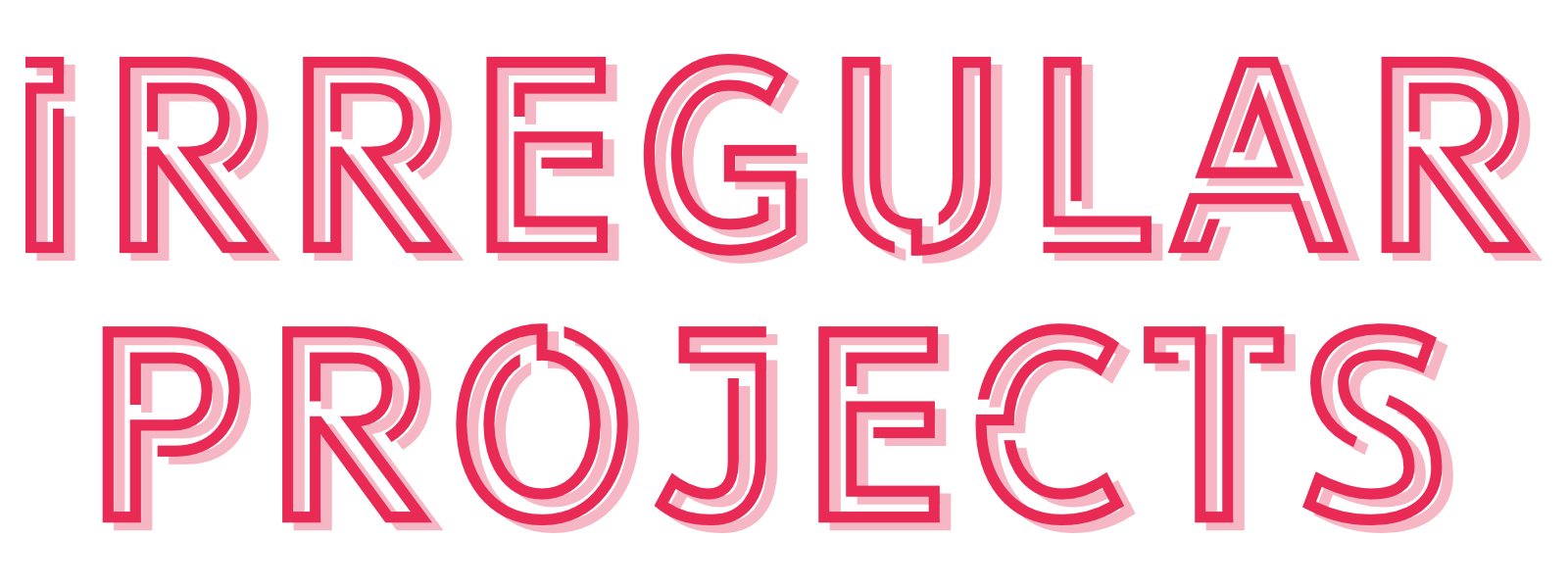Gameable Alignments
In this post we are discussing a very discussed topic, Alignments. But not for characters, but as a setting tool for both hexcrawls and not hexcrawls, plus more!
Yesterday (20/10/18) on Chris Dowall’s OSR Discord the topic of alignments came up. I was not available for the whole discussion, but I understood that most of the participants felt that alignments did not add anything to the game. It was here Aaron Parr tried to come up with a concept for making gameable alignments. While his concept did not end up being for players to utilise, and functioned more as a referees' tool for hex crawl mapping.
Aaron Parr’s Alignment Hex Tool
At the end of the discussion Parr came with the idea of mapping hexes to specific alignments to deities. So a specific area of your hexcrawl a deity holds sway over, determining what can be done from a magical perspective (this was my reading of the idea). Parr did state that this would work best if the game assumes a three-way alignment system (Chaotic, Neutral, Lawful). I came up with the following:
- If you use a system with schools of magic, you may want to map them within the alignments. Example: The magic schools Life, Necromancy, & Transmutation are Chaotic aligned. While Mind Magic, Alchemy, & Illusion is Law aligned. The Elemental schools of Air, Earth, Fire, and Water, are Neutral.
- Aligned magic gets a penalty when used in the opposing alignments hexes, while getting a benefit when used in their own hexes. Example: Joe the Happy Necromancer tries to cast Raise Happy Skelly in a hex where the Lord of Alchemy holds sway, Joe gets an disadvantage to his roll.
- The determination of the hex’s alignment comes from the worship in said hex. This could make clerics and magic-users become agents of their respective deity, trying to expand the domain of the alignment.
- Magic schools of a specific alignment might get more powerful the more hexes they control.
This does create the risk of making your hexcrawl a game of advanced Risk. But if you are planning to go from adventure to domain style play. It would be a perfect way to get the cleric of the party something to do.
Moorcockian Alignment
Inspired by the tragic hero Elric of Melnibone and his misfortune with the Higher Lords of Chaos. I present the Moorcockian Alignment system, which I use this whenever I run my own planescaping campaigns.
In this Alignment System it is not the players who are aligned, but the world itself. The whole plane is under the protection (at best) or controlled directly (at worst) by either the Higher Alignment of Chaos or Law. Some planes might be Contested, where the forces of the Higher Alignments fight each other for the control or destruction of the plane. The key here is to remember that the players are entities of their own with their own goals and therefore not fated by their allegiance to the Higher Alignments. Features of this system:
- You determine what the planes alignment is, roll a d4:
- Law
- Contested
- Chaotic
- Contested
- There are different states of Alignment control, you can roll a d6 to determine it:
- Passive Control - The Gods have few access points to the plane and can only be called upon.
- Active Control - The Gods have active agents on the plane to sway it to their side, or maintain control on it. They have more access points, but still only be called on.
- Direct Involvement - The Gods can enter the plane at specific times, and are involved directly in the affairs of the plane. They have more agents.
- Godly Outpost - The Gods control the plane as an outpost, having one of their lieutenants run the place.
- Godly Stronghold - The Gods have reformed, or created this plane for their own twisted sake, it is run by one of their generals.
- A Gods Plane - The God resides on this plane, if you can call it that.
- Contested Planes are or were battlefields of the Alignments. For the condition of a plane roll a d6:
- Preparation to War - The plane is not an active combat zone for the alignments, but it might change soon.
- Factions formed - The Alignments have been called and now have created factions for their purposes.
- A Battlefield - The Alignments are at war with each other.
- Cataclysmic - The War is at a cataclysmic point.
- Victor - The war has recently ended with one of the Alignments winning, now reforming the plane to a different state of control (roll between Godly Outpost, Stronghold, or A Gods Plane).
- Dead - The war dragged out so long that it left the plane dead and the Alignments lost interest in it.
- Both Alignments are apathetic to the lives of mortals. They only help them because they have an interest in doing so, but this varies based on the degree of control and who is in control of the plane.
Alignments as Player Attributes
The last idea I could think of was having alignment as attributes for player characters.
These attributes could be used in a manner to give the PC’s leverage when dealing with social encounters. People who are aligned similarly as the PC might act favourably if the player succeeds in one of the Alignment rolls that are relevant.
The attributes might impact a Honour system where you assign either your Law or Chaos modifier in there. This gives you a social save that opponents in the same alignment needs to roll over (or under) to prove you wrong in the eyes of others. I can see this as a fantastic way to play nepotic aristocrat games.
[This has been modified, you can see the original text here]

